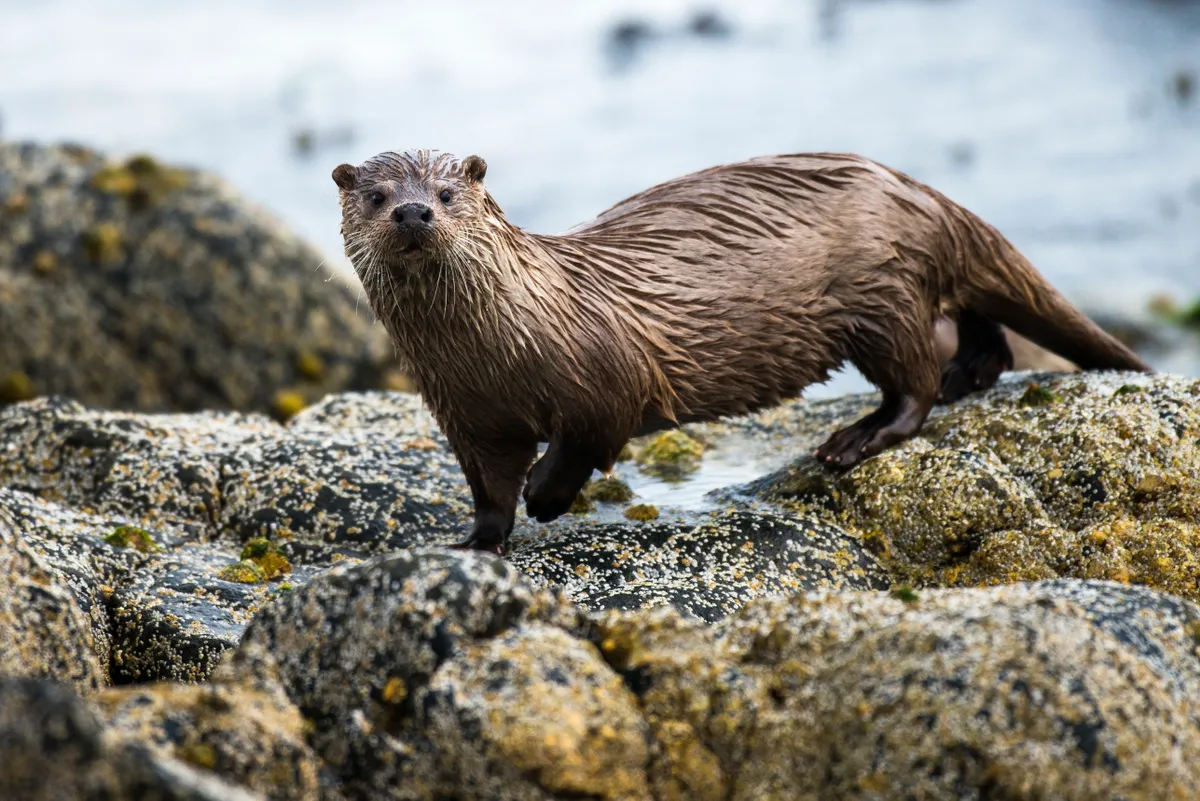How to take great wildlife photographs
Pick a subject and stick with it
Though it is tempting to try to photograph lots of different subjects as quickly as possible, you will learn a lot more, get better coverage and more unusual images if you pick a species and work on it over a long period of time. By getting to know your subject, you will be able to predict its behaviour and get really special shots.
Know your subject intimately
Find out as much information as you can about the species you’re hoping to photograph. For the best shots, it is vital to know your subject’s habits, times of activity, food preferences and habitat use, but remember you can’t beat finding out these details for yourself – so wrap up warm and get out there.
Put the animal’s welfare first
As more people get in to nature photography, it is imperative that you put the welfare of your subject first, no matter how badly you want a good shot. Never get too close, hinder its movement or disturb a feeding animal in any way, especially shy species such as otters, since this will waste their precious time and energy.
How to take photographs of otters
The UK has some of the richest and most varied coastline in Europe, home to one of my favourite animals – the otter. And February is a great month for getting closer to one.
Otters are found on clean river systems throughout the UK, but these freshwater specialists are extremely elusive and difficult to see, let alone photograph. Coastal otters are different in their habits, which are more or less governed by the tide, so if you pick the right time, your chances of encountering one are greatly enhanced.

In my experience, the best tides for otters are incoming, because these restock nooks and crannies with small fish and crustaceans, making it easier and more energy-efficient for otters to find food.
If you spot an otter in the water, the trick is to imperceptibly narrow the distance between yourself and your subject – every time it dives, edge a bit closer, but always stay totally still whenever it resurfaces.
Most of the otter’s prey is small so it will eat its catch in the water, but when a large fish is snared, the hunter will need to come ashore to eat it. This gives you the perfect chance to get closer. Take your time and don’t make any sudden movements – you’ll be surprised at just how close you can get.